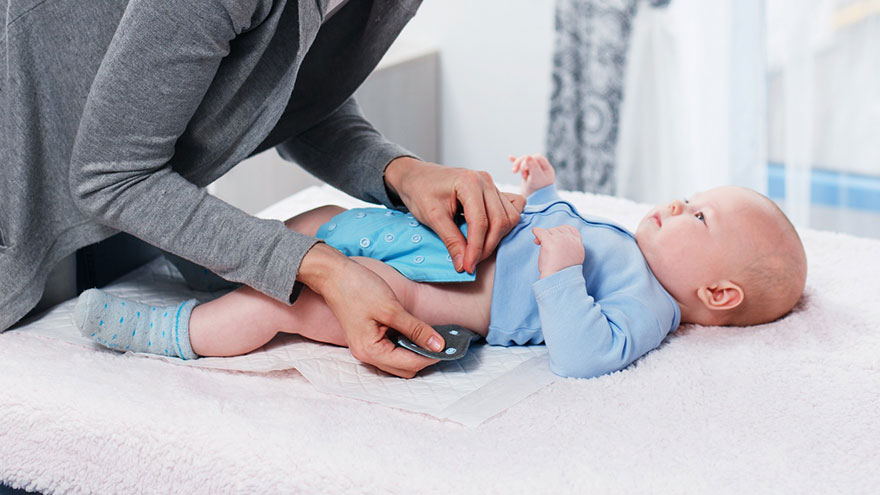How to Care for the Circumcision Site
If you’ve made the decision to circumcise your son, you’ll need to know how to care for the procedure site until it heals to prevent bleeding, infection and other complications. If your baby’s doctor provided you with instructions for aftercare, follow those until the site is fully healed.
And don’t panic if the circumcision site looks a little red or swollen; this is a normal part of the healing process Just keep the area as clean as possible and call your son’s pediatrician, if you have any questions or concerns.
Methods to Care for the Circumcision Site
Give your son infant acetaminophen for pain, if needed. The Children’s Hospital of Philadelphia recommends using pain medication every four hours. Consult your son’s pediatrician for dosing information.
Clean the circumcision site with warm water. Be gentle, and avoid using harsh soaps or baby wipes. If your baby has a bowel movement, remove the stool from the area with soap and water when changing his diaper, according to HealthyChildren.org, the official website of the American Academy of Pediatrics.
Bathe your son frequently and allow his circumcised penis to air dry. If his umbilical stub has not yet healed, stick with sponge baths. KidsHealth warns against using diaper wipes on the circumcision site until it is healed.
Apply a new bandage to your son’s penis after each diaper change, if applicable. HealthyChildren.org recommends that you use petroleum jelly to keep the bandage from sticking to the circumcision site. If your son’s doctor placed a plastic ring on his penis instead of a bandage, allow it to drop off naturally. This should happen within five to eight days. Do not pull it off.

Place a small amount of petroleum jelly on your baby’s penis during diaper changes for the first few days following his circumcision, if no bandage was applied. Alternatively, you can add a thin coat of jelly to the front of his diaper. This will reduce friction and ease discomfort.
Look for signs of infection or other complications at each diaper change and bath. Newborn circumcision complications are uncommon and occur in only 0.2 to 3 percent of cases, according to KidsHealth, but they do happen. The most frequent complications include bleeding and local infection. Report persistent bleeding, fever, increasing redness, discharge, blisters and other concerning symptoms to your child’s pediatrician right away. Also, seek medical attention if your baby does not begin urinating normally within 12 hours after the procedure.
Leave extra space between your baby and his diaper when tightening it. A tight diaper will place pressure on the sore circumcision site. To prevent leaks, gently point your son’s penis toward the bottom of the diaper before taping it closed.
Stop providing additional care to the area once the circumcision site has healed, usually within 10 days of the procedure. If a small piece of foreskin remains on your son’s penis, HealthyChildren.org suggests pulling it back gently at each bath to check for cleanliness.
Tips and Warnings
- Although a healing circumcision site may appear swollen and red, this is not cause for concern, according to KidsHealth. A slight yellow discharge is also acceptable. These symptoms should clear up within a few days to one week.
- Bleeding should be minimal at the circumcision site and usually stops within the first day. If bleeding is heavy or does not stop, contact your baby’s doctor right away.
- If crusted yellow sores that smell unpleasant or contain cloudy fluid develop, seek medical attention. This is a sign of infection.
You Might Also Like :: How to Care for a Circumcised Infant

